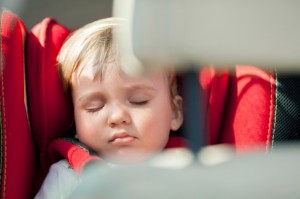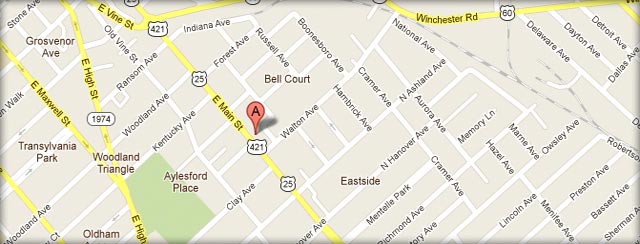- ATV accidents
- Brain Injuries
- Bus Accident
- Car Accidents
- Construction Accident
- Distracted Driving
- Drugged Driving Accident
- DUI
- Firm News
- Mass Tort
- Medical Malpractice
- Motorcycle Accidents
- Pedestrian Accidents
- Personal Injury
- Product Liability
- Safety
- Social Security Disability
- Truck Accidents
- Vehicle Accidents
- Workers Compensation
- Workplace Injuries

Every year, an average of 38 children die after being left alone in hot cars. Tragically, this summer’s death toll is climbing as rapidly as the outdoor temperatures. Seventeen children have already lost their lives due to heatstroke after being left unattended in vehicles, according to the latest data from KidsAndCars.org.
That’s why Kids and Cars, along with the National Highway Traffic Safety Administration (NHTSA) and other child safety groups, are joining forces to raise awareness of this issue. July 31 has been designated Heat Stroke Prevention Day.
On that day, the agency will distribute “Look Before You Lock” reminder cards to new and expecting parents in cities nationwide, and its partners will take to social media with warnings and encourage people to share them on Facebook or retweet them using #heatstroke.
The importance of the message cannot be overstated. Heatstroke is the leading cause of non-crash fatalities for children 14 and younger. According to the NHTSA, 44 children died after being left in cars last year, and there is no data to indicate how many more were injured. What we do know is that heatstroke is a horrible way to die – and it’s entirely preventable. Kentucky’s last reported heatstroke death was in 2012, when a Louisville infant died of heatstroke after being left in a hot car, according to the Kentucky State Police.
The temperature inside a car can spike 20 degrees in less than 10 minutes, and a cracked window doesn’t make much of a difference. Even when it’s as cool as 60 degrees outside, closed vehicles can reach deadly temperatures quickly. Children are particularly ill-equipped to handle extreme heat. Their young bodies heat up 3-5 times faster than the average adult’s, and when their temperature hits 107, they die.
How Do Heatstroke Accidents Happen?
Many children perish in hot cars because their parent or caregiver simply forgets they were there. It typically happens when something changes in the daily routine – Mom takes baby to daycare instead of Dad, for example. Other times, stress and the distractions of everyday life result in momentary, but disastrous lapses in attention.
Children have also died in vehicles by climbing inside while a parent or guardian is not looking. They may have been retrieving a favorite toy, only to find they couldn’t open the door once it shut. No matter what the circumstances, parents and caregivers must develop strategies to make sure that their children arrive safely at their destinations.
Tips to Prevent Heat-Related Car Deaths and Injuries
A recent news article discussed up-and-coming technological devices to remind parents that children are left in the car. One system can notify parents if they are more than 15 feet away from their child. Another will send push notifications and text messages to a smartphone if a child is left alone or becomes unbuckled. However, the NHTSA evaluated existing technologies in 2012 and called them unreliable. That means that until automakers develop better systems for child passenger safety, you are responsible for crafting reminder strategies that work for you.
Suggestions include:
- Never leave your child alone in a hot car, even if the air conditioner is on.
- Set an alarm on your cell phone to alert you at about the time when you would drop your child off at daycare or school. Also set one to go off at approximately the time you would expect to arrive at work or another destination.
- Place your briefcase, purse or other essential item in the backseat so that you have to open the back door to retrieve it.
- Ask your babysitter or daycare provider to call you if your child does not arrive as anticipated.
- Place a teddy bear in your child’s car seat when you take him or her out. The next time you put the child in, move the teddy bear to the front seat as a reminder.
- Don’t talk on the phone or text while driving.
- Make a habit of checking the back of the car every time you get out of the car.
- Keep the car locked when you are not in it to prevent kids from climbing in unbeknownst to you.
The parents who leave their children behind in hot cars are not necessarily irresponsible parents. It could happen to anyone, including you. The Kentucky attorneys at Frank Jenkins Law Office implore you to develop a safety strategy today so that your child doesn’t become a victim of a heatstroke-related accident.

